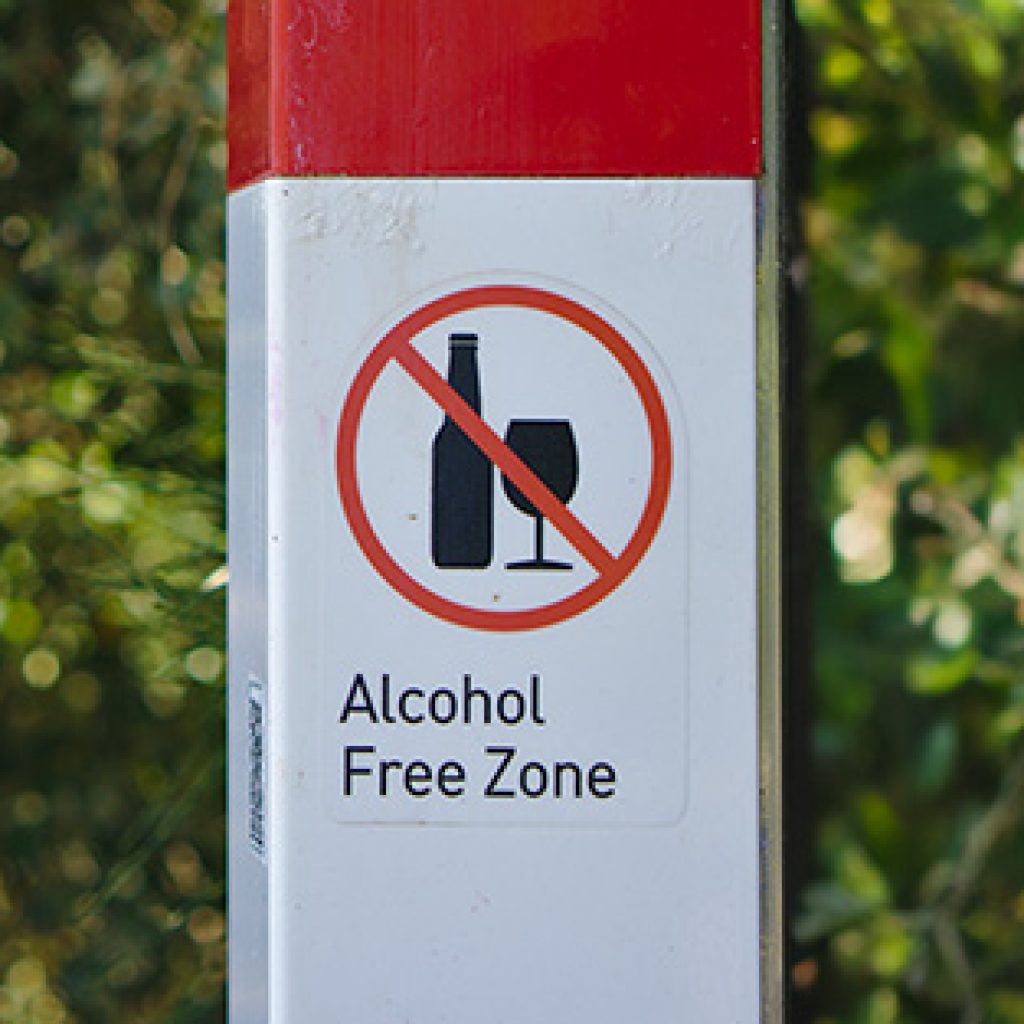The Need for Trauma-Sensitive Mindfulness
“We want to ensure that trauma survivors can safely observe and tolerate the range of their experience.” – David A. Treleaven
Mindfulness meditation is widely recognized as an effective mental training technique for a variety of mental disorders (i.e., depression, anxiety, and addiction). While mindfulness meditation practice may be supportive for one person, it may not be for another. As with any technique, a person-centered approach is necessary. Depending on a person’s history, some people may experience adverse responses to mindfulness (i.e., increased anxiety, hypervigilance, dissociation). One important population to consider is trauma survivors.
Researchers have found that some trauma survivors experience flashbacks, overwhelm, dysregulated emotions, and/or dissociation when practicing mindfulness meditation. David Treleaven has been studying the intersection of trauma and mindfulness meditation since 2006. Over the course of his career, he has developed trauma-sensitive mindfulness training. He believes that it’s important to understand both the potential benefits and risks of mindfulness meditation with respect to trauma. A handful of those are described in the chart below.
| Potential Benefits to Trauma Survivors | Potential Risks to Trauma Survivors |
|---|---|
| Supports self-regulation | Increased feelings of distress |
| Attention regulation | Intrusive thoughts or memories |
| Body awareness | Painful physical sensations |
| Emotional regulation | Increased anxiety or depression |
One of the foundational frameworks for trauma-sensitive practice comes from the National Center for Trauma-Informed Care, and is known as the “four-R’s”. They describe, “a program, organization, or system that is trauma informed realizes the widespread impact of trauma and understands potential paths for recovery; recognizes the signs and symptoms of trauma in clients, families, staff, and others involved with the system; responds by fully integrating knowledge about trauma into policies, procedures, and practices; and seeks to actively avoid re-traumatization.” David Treleaven utilizes the “four-R’s” as a part of his framework.
David Treleaven’s Trauma-Sensitive Mindfulness approach offers both theory and techniques for teaching trauma-sensitive mindfulness. He describes in his book, Trauma-Sensitive Mindfulness: Practices for Safe and Transformative Healing, the Five Principles of Trauma-Sensitive Mindfulness. A brief summary of each principle is outlined below.
The Five Principles of Trauma-Sensitive Mindfulness
Principle 1: Stay Inside the Window of Tolerance
When introducing mindfulness meditation, it’s important to educate people about the window of tolerance, and the importance of staying within their window when practicing meditation. The National Institute for the Clinical Application of Behavioral Medicine created this helpful article on How to Help Your Clients Understand Their Window of Tolerance with Infographic. When a person is inside their window – they feel stable present and regulated. When a person is outside of their window – they feel triggered, out of control and dysregulated.
Principle 2: Shift attention to support stability
Trauma can get trapped inside of the body. If a person continues to experience traumatic stimuli during practice, such as, invasive thoughts, intense physical sensations, they may be paying too much attention to them. Which can then exacerbate trauma symptoms. Mindfulness meditation trains a person to be able to shift their attention at will, which can be a helpful skill for trauma survivors. Dogmatic approaches to mindfulness (i.e., not giving people options on how best practice) could be harmful and overwhelming to a person. However, giving people permission to shift their attention to something that supports them in feeling stable and safe during practice is an important part of trauma-sensitive mindfulness. Options may look like: opening eyes during practice, paying attention to an object within sight, shifting attention to a different object of attention (i.e., shift attention from physical sensations in the body to sounds), changing postures to be most supportive for them, or inviting people to move rather than sit still. A major aspect of trauma-sensitive mindfulness is guiding people to find the option that supports them to stay within their window of tolerance.
Principle 3: Keep the Body in Mind: Working with Dissociation
It’s been well-established that trauma is experienced not only in the mind, but also the body. After experiencing trauma, the body can get stuck in experiencing everything as a potential threat. Some signs of trauma in the body include slack or rigid muscle tone, hyperventilation, exaggerated startle response, excessive sweating, noticeable dissociation, pale skin tone, emotionally volatile. Trauma survivors can experience a mismatch between their internal environment (interoceptive sensations) and how the body is experiencing the external environment (exteroceptive sensations). When practicing meditation, their body may be communicating to them there is a potential threat, even if the environment is safe. In trauma recovery, the person often needs direct guidance on how to work with interoceptive and exteroceptive sensations for the two to integrate. It is important for a person experiencing dissociation from the body to work with a trained somatic practitioner as navigating alone can be an overwhelming and futile task. In addition, it’s important to reinforce that the person has control over their own practice, and where, how, when they place their attention. Ultimately, trauma-sensitive mindfulness meditation helps people to heal and listen to their body by staying within the window of tolerance.
Principle 4: Practice in Relationship: Supporting Safety and Stability in Survivors
Safe and trusted relationships are important to trauma-sensitive mindfulness. They help people recover when experiencing the unimaginable. As human beings, we are wired to connect with other people. The beauty of this connection, is that the regulated nervous system of one person, has an impact on the other. In addition, a safe and trusted relationship, especially with a trusted behavioral health provider, can track physiological signs of arousal. If a relationship of safety and trust has been built, then they can help survivors regulate their nervous system through comforting eye contact, physical touch (if granted permission), or an overall calming presence. In his book, David Treleaven outlines eight important structural practices to support the development of trust and safety when introducing mindfulness meditation.
Principle 5: Understand Social Context: Work Effectively Across Differences
The last few years have highlighted the vast injustice and oppression in our society. Another core aspect of trauma-sensitive mindfulness is developing awareness about your own biases, social membership, and the dynamics of power in relationships. It requires the ability to be humble, curious, willing to learn, and the ability to have uncomfortable conversations. Further, by developing awareness, empathy, and compassion around privilege and oppression, we can become more trauma-sensitive.
(Treleaven, D. A., 2018)
To further explore the potential adverse responses to mindfulness meditation, Willoughby Britton, a researcher and meditation teacher has spent her career seeking to understand some of the potential adverse responses to meditation. She and her research team have identified 59 categories of meditation-related experiences that can be distressing or associated with impairment in functioning. Symptoms are broken into seven domains which include: affective, cognitive, somatic, perceptual, sense of self, conative, and social. This comprehensive list also includes detailed summaries of each domain and research articles to support the findings.
When asking someone to pay close attention to their present moment experience, if they are dysregulated, depressed and feeling overwhelmed, it serves to reason they may just feel more intensity around what they were already feeling. With the vast number of people experiencing trauma and toxic stress, it is important when introducing mindfulness meditation in a trauma-informed manner. Mindfulness as a skill is useful, it’s how it’s taught that is important to consider. David Treleaven is clear that trauma-sensitive mindfulness is not a checklist but describes it as a humbling path with no finish line.
Additional Trauma-Sensitive Mindfulness Resources:
Ready to Learn More:
 Listen to Season 4 of CASAT Conversations. Season 4 delves into the topic of secondary and vicarious trauma experienced by people who work in the field of human services. In episode 9, you’ll hear Dr. Michael Christie, a chaplain for the Department of Correction, a mindfulness meditation teacher, a practitioner of Non-Violent Communication and Internal Family Systems. He has been working within the prison system for over a decade. In this conversation, he shares the role of spirituality in healing from trauma, and the lessons he has learned about the need for trauma-informed care.
Listen to Season 4 of CASAT Conversations. Season 4 delves into the topic of secondary and vicarious trauma experienced by people who work in the field of human services. In episode 9, you’ll hear Dr. Michael Christie, a chaplain for the Department of Correction, a mindfulness meditation teacher, a practitioner of Non-Violent Communication and Internal Family Systems. He has been working within the prison system for over a decade. In this conversation, he shares the role of spirituality in healing from trauma, and the lessons he has learned about the need for trauma-informed care.
References:
A., V. der K. B. (2015). The Body Keeps the Score Brain, Mind and Body in the Healing of Trauma. Penguin Books.
Britton, W. B., Lindahl, J. R., Cooper, D. J., Canby, N. K., & Palitsky, R. (2021). Defining and measuring meditation-related adverse effects in mindfulness-based programs. Clinical Psychological Science, 9(6), 1185–1204. https://doi.org/10.1177/2167702621996340
Buczynski, R. (2022, November 21). How to help your clients understand their window of tolerance. NICABM. Retrieved January 31, 2023, from https://www.nicabm.com/trauma-how-to-help-your-clients-understand-their-window-of-tolerance/
Cheetah House. (n.d.). Negative symptoms of meditation. Cheetah House. Retrieved January 30, 2023, from https://www.cheetahhouse.org/symptoms
Psychology Tools. (2022, November 3). Window of tolerance. Psychology Tools. Retrieved January 31, 2023, from https://www.psychologytools.com/resource/window-of-tolerance/
Rice, A. (2022, January 5). A Guide to Trauma-Informed Mindfulness. Psych Central. Retrieved January 30, 2023, from https://psychcentral.com/health/trauma-informed-mindfulness
Substance Abuse and Mental Health Services Administration. (2020, April 14). SAMHSA’s National Center for Trauma-Informed Care . Trauma-informed Care Implementation Resource Center. Retrieved January 31, 2023, from https://www.traumainformedcare.chcs.org/resource/samhsas-national-center-for-trauma-informed-care/
Treleaven, D. A. (2018). Trauma-Sensitive Mindfulness: Practices for Safe and Transformative Healing. W.W Norton & Company.
Blog Post Tags:
Related Blog Posts
Related Learning Labs
Related Resources
.
- Buscar Tratamiento de Calidad para Trastornos de uso de Sustancia (Finding Quality Treatment for Substance Use Disorders Spanish Version)
- Finding Quality Treatment for Substance Use Disorders
- Focus On Prevention: Strategies and Programs to Prevent Substance Use
- Monthly Variation in Substance Use Initiation Among Full-Time College Students
- The National Survey on Drug Use and Health (NSDUH) Report: Monthly Variation in Substance Use Initiation Among Adolescents









Your article is a perfect article without a hitch. Thank you. My site: online gambling philippines